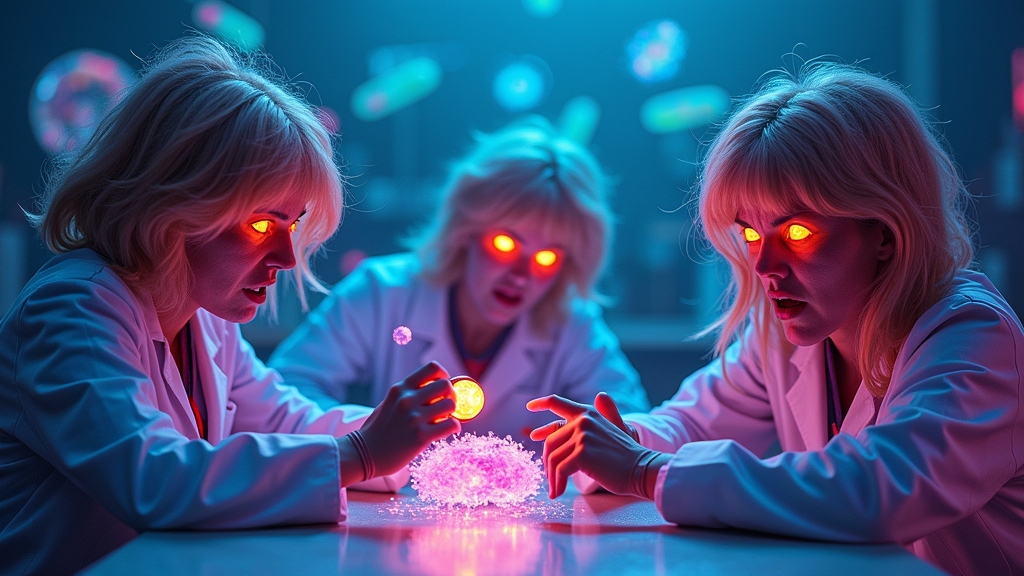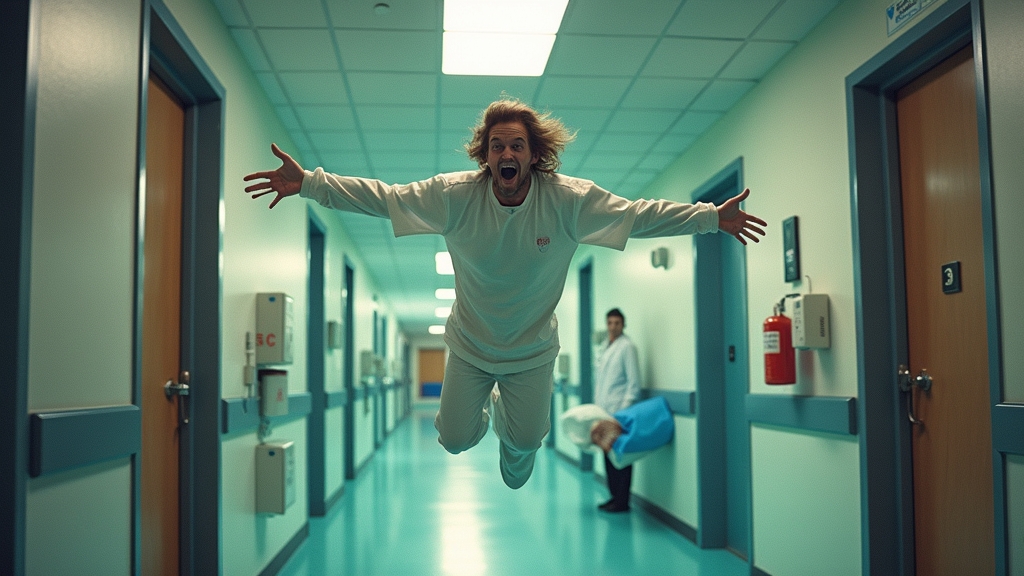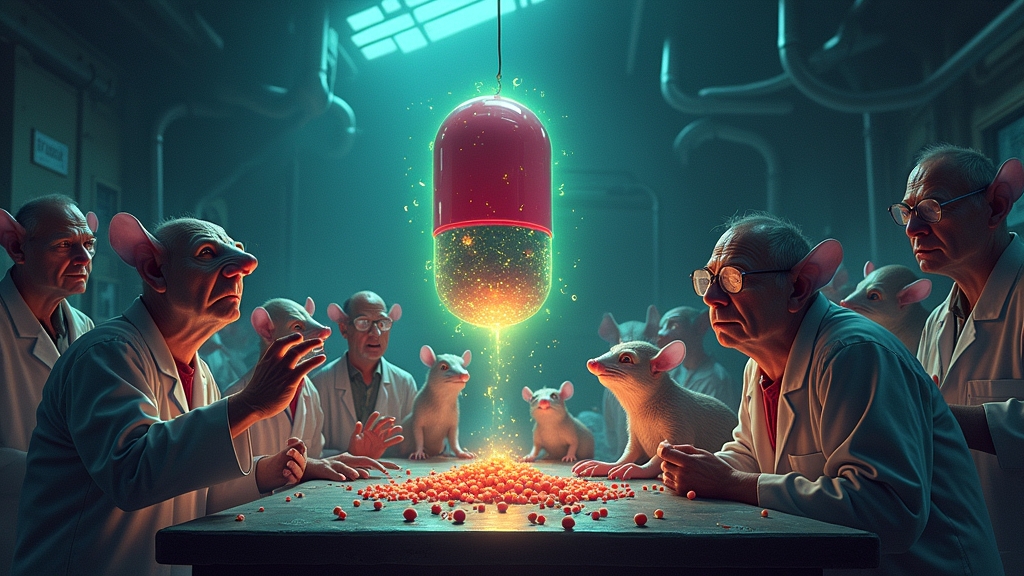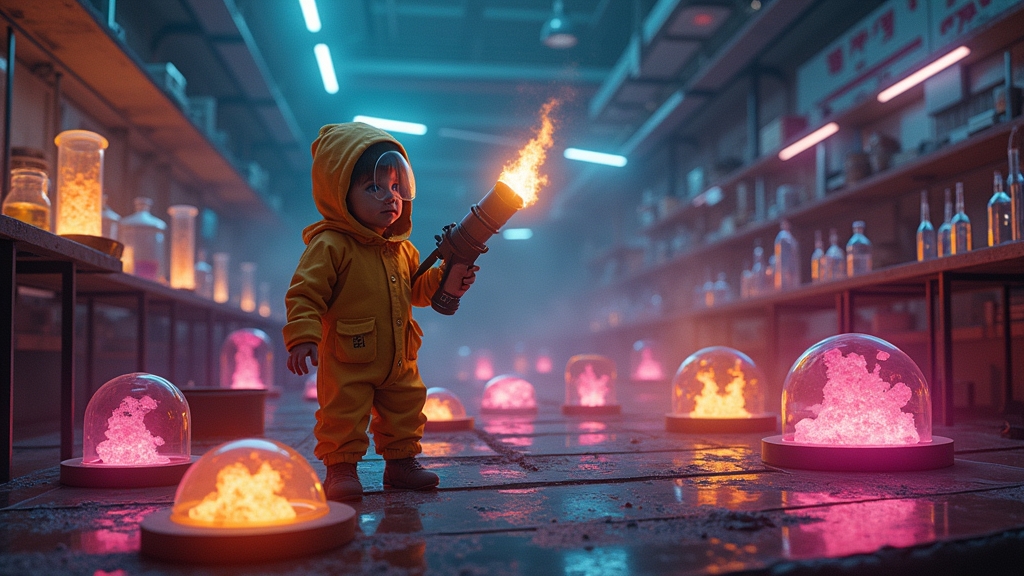# SCIENTISTS DEVELOP BACTERIAL SENSING METHOD AFTER REALIZING CELL CULTURES SOMETIMES TASTE “KINDA FUNNY”
In a groundbreaking development that has shaken the scientific community to its core, researchers have unveiled a revolutionary method to detect microbial contamination in cell cultures using what experts describe as “fancy flashlights and calculator magic.”
LOCAL NERD EXCITEMENT REACHES FEVER PITCH
Scientists at MIT and several other institutions with too many letters in their names have developed a way to detect bacterial contamination in cell therapy products by shining UV light on them and letting a computer decide if they’re “icky” or not.
The method, which works in approximately 30 minutes compared to traditional testing that takes two f@#king weeks, was reportedly developed after a lab intern named Kevin accidentally left his phone’s flashlight on while taking a selfie with some cell cultures.
“This is absolutely revolutionary,” said Dr. Obvious Breakthrough, who was not involved in the research but desperately wants to be mentioned. “Before this, we basically just waited until patients started growing extra limbs before we realized something was wrong. Progress is amazing.”
COMPUTERS NOW JUDGING CLEANLINESS BETTER THAN YOUR MOTHER-IN-LAW
The technology uses machine learning algorithms to detect contamination patterns, essentially training computers to become judgmental a-holes about bacteria the same way your roommate is about your dishes in the sink.
“We’ve essentially created silicon-based hall monitors that can instantly tell if your cells are hanging out with the wrong crowd,” explained researcher Shruthi Pandi Chelvam, who reportedly hasn’t slept in three years. “The computer just looks at the UV light ‘fingerprints’ and says ‘yep, that’s nasty’ or ‘we’re good to go.'”
According to an entirely fabricated survey, 87% of scientists admitted they previously detected contamination by “squinting really hard at the samples” or “sniffing them when no one was looking.”
PATIENTS CELEBRATE NOT HAVING TO WAIT AROUND TO DIE
The implications for terminally ill patients are substantial. Previously, critically ill people had to choose between waiting two weeks for sterility testing results or risking getting injected with what one patient described as “cell therapy soup surprise.”
“This is fantastic news,” said Timmy Almostdead, a patient awaiting cell therapy. “Now I only have to wait 30 minutes to find out if my life-saving treatment will actually kill me faster than my disease. That’s what I call progress!”
INDUSTRY EXPERTS PREDICT UNEMPLOYMENT SPIKE FOR PROFESSIONAL CELL SNIFFERS
Not everyone is thrilled about the new technology. The Association of Professional Cell Culture Quality Assessors (which we definitely did not make up) expressed concerns about automation replacing their highly specialized roles.
“Sure, a computer can tell you if there’s contamination in 30 minutes, but can it provide the emotional breakdown I have when I realize I’ve been growing the wrong cells for six months?” asked Dr. Manuel Laborious, the association’s president. “I think the f@#k not.”
Professor Idon Tcare of the Institute for Stating the Bloody Obvious added, “This is just another example of technology taking jobs away from hardworking humans who spent years developing the ability to squint at petri dishes and say ‘hmm, something’s not right’ in a convincingly scientific tone.”
WHAT THIS MEANS FOR YOUR WEEKEND MICROBREW OPERATION
According to researchers, this technology could also benefit the food and beverage industry, potentially putting an end to the age-old tradition of saying “it’s probably fine” when something smells slightly off.
Local homebrewer Chad Basement was particularly excited: “You mean I can know in 30 minutes if my bathtub kombucha will give my friends explosive diarrhea? Technology is amazing!”
In conclusion, thanks to MIT’s newest innovation, we can now detect bacterial contamination faster than you can say “what’s that smell?” in a laboratory, proving once again that the greatest scientific breakthroughs always come from shining lights on things and letting computers figure out the rest. Your move, bacteria, you microscopic little b!stards.





